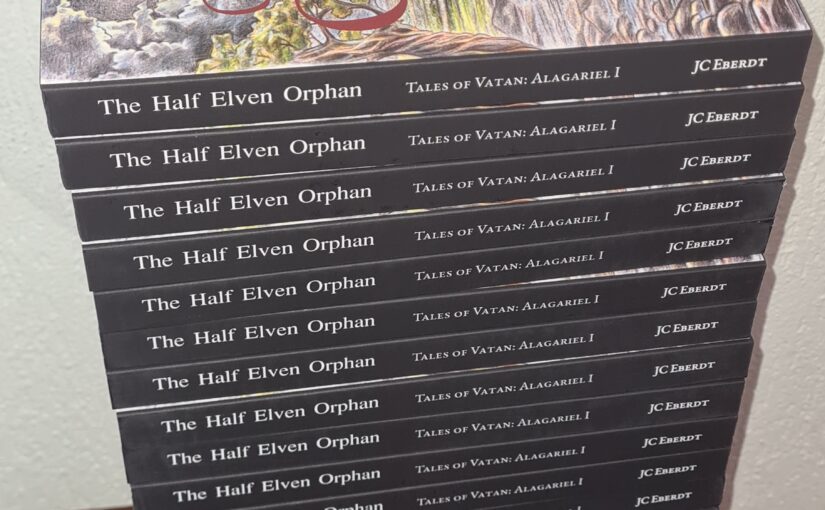The Half Elven Orphan is the first book I’ve published and I’ve done it independently, so everything is a new experience. First off, it looks like I’ve actually sold some books. Not enough to buy more than a junk food lunch, but it’s not zero. My primary channel is Ingram Spark and they have a dashboard where you can see where sales have been made. To my great surprise, the first four print books that have showed up there have been sold in Germany. I mean, I do know people in Germany, but them buying more than one or two books when I’ve already told them I will give them copies for free doesn’t make sense. It stands to reason, then, that these must be other Germans. Which is very odd. My website has almost no traffic from Germany that I can’t match to people I know.
Beyond that, I know that there must be some e-book sales too, as the book has a sales rank on some e-book only sites, but they haven’t showed up yet. So, thanks (or Dankeschön) everyone who has bought one. For e-book buyers, there will be another sale over on itch.io starting the 17th of December. I still highly recommend itch if you want the e-book. No DRM, it comes with a pdf with a a Table of Contents and Glossary and files for the artwork and map. Oh, and they give the author a far large proportion of the proceeds.
